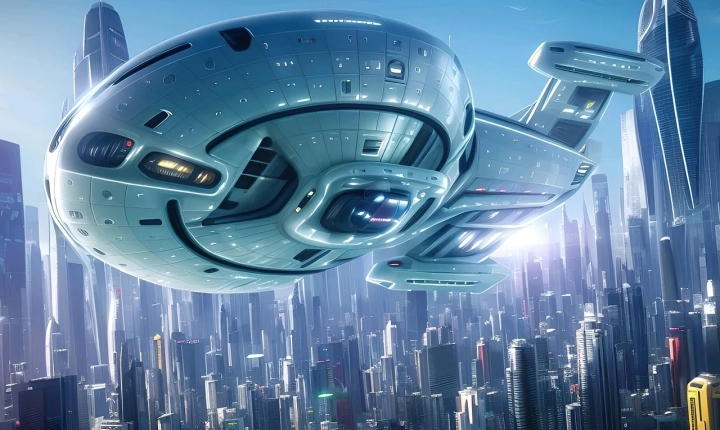Title: The Intersection of Art and AI: How Do Artists Feel About AI-Generated Art?
Artificial Intelligence (AI) has undeniably made its mark in the art world, with AI-generated art gaining attention and recognition. This development has sparked a range of responses from artists, raising questions about creativity, originality, and the future of art. Here, we explore the varying perspectives of artists on AI-generated art.
Excitement and Exploration
For some artists, AI represents an exciting new frontier in artistic creation. The potential for AI to generate original and innovative art is seen as an opportunity to explore new creative processes and push the boundaries of traditional artistic expression. These artists embrace AI as a tool that can expand their artistic horizons, providing fresh perspectives and sparking new ideas.
One prominent viewpoint is that AI-generated art can serve as a source of inspiration and collaboration. By working in tandem with AI, artists can create unique hybrid artworks that blend human creativity with the computational power of AI, resulting in a fusion of the organic and the artificial.
Skepticism and Resistance
Conversely, there are artists who express skepticism and resistance towards AI-generated art. They raise concerns about the authenticity of art produced by machines, emphasizing the importance of human emotion, experience, and intuition in the creative process. Some view AI-generated art as a threat to the individuality and authenticity of human-made art, fearing that it may devalue the contributions of human artists.
Furthermore, artists express apprehension over the implications of AI in art, questioning the ethical considerations surrounding ownership, authorship, and the commodification of AI-generated artworks. The potential for AI to replicate existing artistic styles and produce art at scale raises questions about the value and significance of originality in the art world.
Nuanced Perspectives
Amid the diverse range of opinions on AI-generated art, many artists hold nuanced perspectives that acknowledge both the potential and the challenges presented by AI in the art world. They recognize the capacity of AI to assist in the creation process, offering tools for experimentation, iteration, and exploration. Simultaneously, they emphasize the need for ethical guidelines and critical discourse to inform the integration of AI in art practice.
In this light, artists view AI as a complementary resource rather than a replacement for human creativity. They advocate for a balanced approach that leverages the strengths of AI while preserving the distinct qualities of human artistic expression. Ultimately, these artists see the coexistence of AI and human creativity as an opportunity for mutual enrichment and evolution.
The Future of Art and AI
As AI continues to advance, the relationship between artists and AI-generated art will undoubtedly evolve. The integration of AI in art practice poses complex questions about the nature of creativity, originality, and artistic identity. Artists are navigating this changing landscape, grappling with the implications of AI while exploring the potential for collaboration and innovation.
Whether embracing AI as a tool for creative exploration, or expressing concerns about its impact on the art world, artists are actively shaping the dialogue surrounding AI-generated art. The coalescence of human creativity and AI presents a dynamic intersection that prompts reflection, conversation, and adaptation within the artistic community.
In conclusion, the perspective of artists on AI-generated art encompasses a spectrum of responses, reflecting the multifaceted nature of this intersection. As AI continues to influence the art world, artists are engaged in ongoing discourse and exploration, navigating the opportunities and challenges presented by the integration of AI in art practice. The evolving relationship between artists and AI-generated art underscores the transformative potential of technology in shaping the future of creativity and expression.
